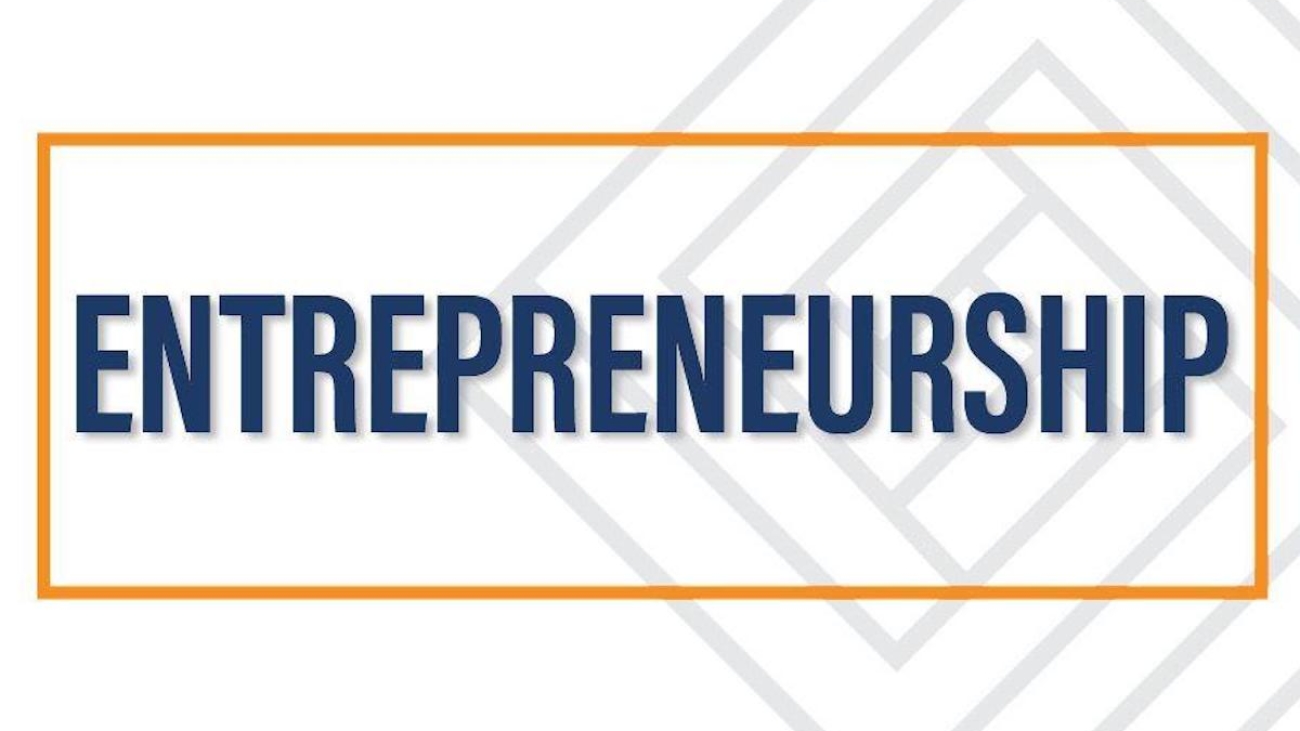
As an employer or recruiter, you may occasionally feel that hiring new employees who aren’t performing as planned was a mistake. Then you wonder…
How did I get it wrong?
You ask yourself, when should I expect result from a new employee?
You definitely don’t want to go through the employment and recruitment process again.
A gap between a candidate’s appearance during the interview process, and their genuine selves once they join the team, is something that almost all of the leaders we’ve spoken to over the years claim they’ve encountered.
We created an easy four-step exam to assist you.
The next time you employ new talent, learn how to use it.
1. First, determine whether the team is a good fit.
We, at Prime KBS Institute, can help you do some research, and you’ll quickly learn that the very first factor in figuring out whether a new employee will be successful in your company, is how they get along with and cooperate with your current employees.
Ideally, your hiring procedure identifies a new employee who is a natural fit for your organization’s culture and team dynamics. But don’t just hire them and tick the “excellent fit” box.
Remember to keep an eye out to see whether the person actually fits with the team, or if they are an outsider once they are in the office. They need to perform admirably in that capacity and offer the team fresh perspectives and concepts.
But exercise patience.
Everyone needs a few weeks to settle in and feel like a part of the team, especially introverts. Assure your new employee from day one that they are valued and appreciated. Their chances of success will increase and their anxiousness will decrease.
2. Pay attention to 45.
Are you aware that within the first 45 days of employment, up to 20% of employees can leave?
Most employees start looking for new opportunities as soon as they begin to feel uneasy. It’s important to follow up with a new employee frequently within the first 45 days. You’ve done some things well if, after that time, they look comfortable being a part of your team. They’re settling in well if they don’t hesitate to ask questions and reach out to peers and mentors.
However, if they are still having trouble understanding the business viewpoint, the industry expertise, or the company policies they need to know to succeed, it is your duty as their leader to pay closer attention to their needs and make adjustments.
After 45 days, check in and evaluate. It’s critical for leaders to ensure the satisfaction and loyalty of a new recruit, which calls for ongoing care.
It’s also a good idea to make a checklist to make sure you’re doing everything you can to engage each new employee, even though they will all be different.
3. Be aware of the J-curve.
The J curve often illustrates the performance of investments.
For instance, the first income from an investment is negative since the investor must spend money on product development, research, and distribution. However, the initial investment pays off and generates money as the product gains popularity. The curve, when plotted out, resembles the letter J because it first lowers and then bends upward into a slope.
This same principle, as stated by Inc., also holds true for new employees. New employees start by learning from the team’s experience, insight, and guidance. They need upfront time and financial expenditures in order to thrive. When they get to know your team and your procedures, it’s expected that it will take them some time to get beyond the downward learning curve. But, it’s your responsibility as the manager to keep an eye on things and make sure your new employee doesn’t end up at the bottom of the J’s dip.
Encourage, educate, and give them power. Keep your door open to inquiries. Create a strategy to assist your new hire in continuing to develop and learn using whichever approach best suits your culture.
4. Witness their transformation from competent to outstanding.
When a worker progresses from producing good work to producing exceptional work, it represents a fundamental change rather than just a fantastic outcome. It represents the difference between just following instructions and genuinely innovating—pushing the edge and making a statement.
This is the difference between decent work and exceptional work. It’s that tiny bit of magic you hoped would come with the person you hired—that they would add something extra unique to the position.
Additionally, that transition from performing well, according to instructions, and simply meeting expectations to delivering something outstanding, is crucial for the new employee, as well as the business. Making a significant difference with their work is one of the top concerns in the workplace, according to workers of all ages.
Improved company results and employee satisfaction…. There is no greater recipe for a new employee’s achievement.
As one can’t be too certain about what the challenges are, without doing some research. Since you hadn’t really checked in since the first few weeks and you’d completely missed the 45-day benchmark, you won’t know.
Let’s discuss this issue in a group context, and we’ll find a solution.
With the wrong team, even the best hiring could not be successful.
For more insightful tips like this and training, contact us Today.










